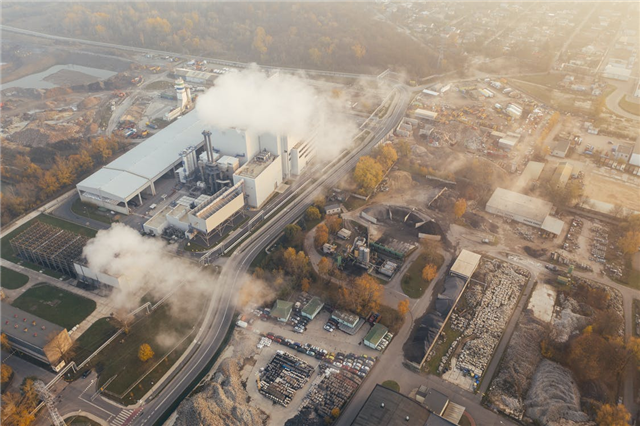
Image source: Pexels
When making bold announcements about metrics like carbon neutrality, companies and governments across the world often lean heavily on carbon offsetting to reach those projections. The scope of that single neutrality measure by big tech firms like Facebook and Google, for example, does vary.
Like all tools in the great GHG reduction race, however, carbon offsetting projects like the largest one being transitioned towards by the UN — the Sustainable Development Mechanism — have attracted their fair share of detractors and sceptics. Offsetting continued to feature at the COP26 climate conference, but will that continue indefinitely?
Where Offsetting Stands
Such schemes have been wracked with issues since the days of the first UN attempt, the now-ending Clean Development Mechanism. Some of the problems are apparent when considering the offset in question. Is it being ‘double counted?’ Is an offsetting mechanism the most appropriate way of ensuring long-term reductions? Does it really represent mitigation that would not have otherwise occurred?
Many of these questions have been the focus of improving and standardising common regulatory frameworks. Advocates such as Bank of America’s Karen Fang argue that this is crucial to scaling up offsets to deal with Scope 3 (supply chain) emissions.
Reality has been a mixed bag. The 2021 agreement reached at Glasgow allowed for the carrying over of some credits from the CDM into the SDM, a major concern of large non-OECD countries Brazil, China and India that retain large quantities of the old credits. This was aimed at allaying some of the concerns mainly over supply quantity deflating prices.
Industry Blind Spots
However, clarity and transparency are not exactly perfect. The rules on forest offsets are a prominent case. While a US investment in reducing deforestation in Brazil would count only as a reduction in the US Nationally Determined Contributions, a US company doing the same thing would count towards both its targets and Brazil’s NDCs. With natural carbon sinks like forests, moreover, calculation issues have dogged carbon markets: the actual amount sequestered thus far has been shown not to match Integrated Assessment Models globally by gigatonnes every year.
Calculation methods have improved, but issues persist: the pressure to deforest the Amazon is higher than the value of protecting it under the REDD+ scheme, for instance.
Outside of conservation and reforestation, energy generation has been a major focus of mitigation through offsetting. Solar and wind have been some of the cheapest sources per watt for some years already, but upfront costs and dealing with intermittency using storage and smart grid solutions mean that carbon trading schemes may still be needed to accelerate investment in the transition.
Moving Towards the Future
Achieving China’s 2020 pledge to peak emissions by 2030 and become carbon neutral by 2060 will require lots of innovation and continued deployment of non-fossil energy sources. Luckily, renewable energy has been growing in popularity in both commercial and consumer markets. Solar energy providers Hoymiles are making use of advanced technologies and more efficient energy storage to make it more appealing than ever to consumers. When working correctly, carbon markets should help to quickly decarbonise ‘low hanging fruit’: places where it is cheaper and more effective to install renewables.
Ultimately, if energy demand slows to produce a zero sum in the market, renewable energy will displace fossil fuels. The maximum amount of sequestration possible from natural carbon sinks will also be reached.
For offsetting to remain viable long term, it may have to push further into technologies like geological carbon storage, air scrubbing, and crops that store carbon more efficiently. To achieve its atmospheric goals, it will also have to reverse the current balance of ‘bad’ to ‘good’ offsets. It remains to be seen, however, whether governments and industries are willing to take these steps towards a more sustainable future.



